Surfin’ USSR: The troublesome evolution of skateboarding in Russia
- Text by Kirill Korobkov
- Photography by Alexey Lapin

Russian skateboarding sounds like an oxymoron. It’s hard to imagine a culture that started in California translating to the harsh winter landscapes of Eastern Europe, but our skateboarding has been shaped by its own history, heroes and milestones.
As I write this, I’m midway through a tour of the Golden Ring – a string of cities northeast of Moscow – with skaters Dima Rodionov, Philipp Karel, Gosha Konyshev, and photographer Alexey Lapin. The scenery resembles postcard Russia – all wooden houses and Orthodox churches – but passing through it all brings to mind skateboarding’s rocky start in this country.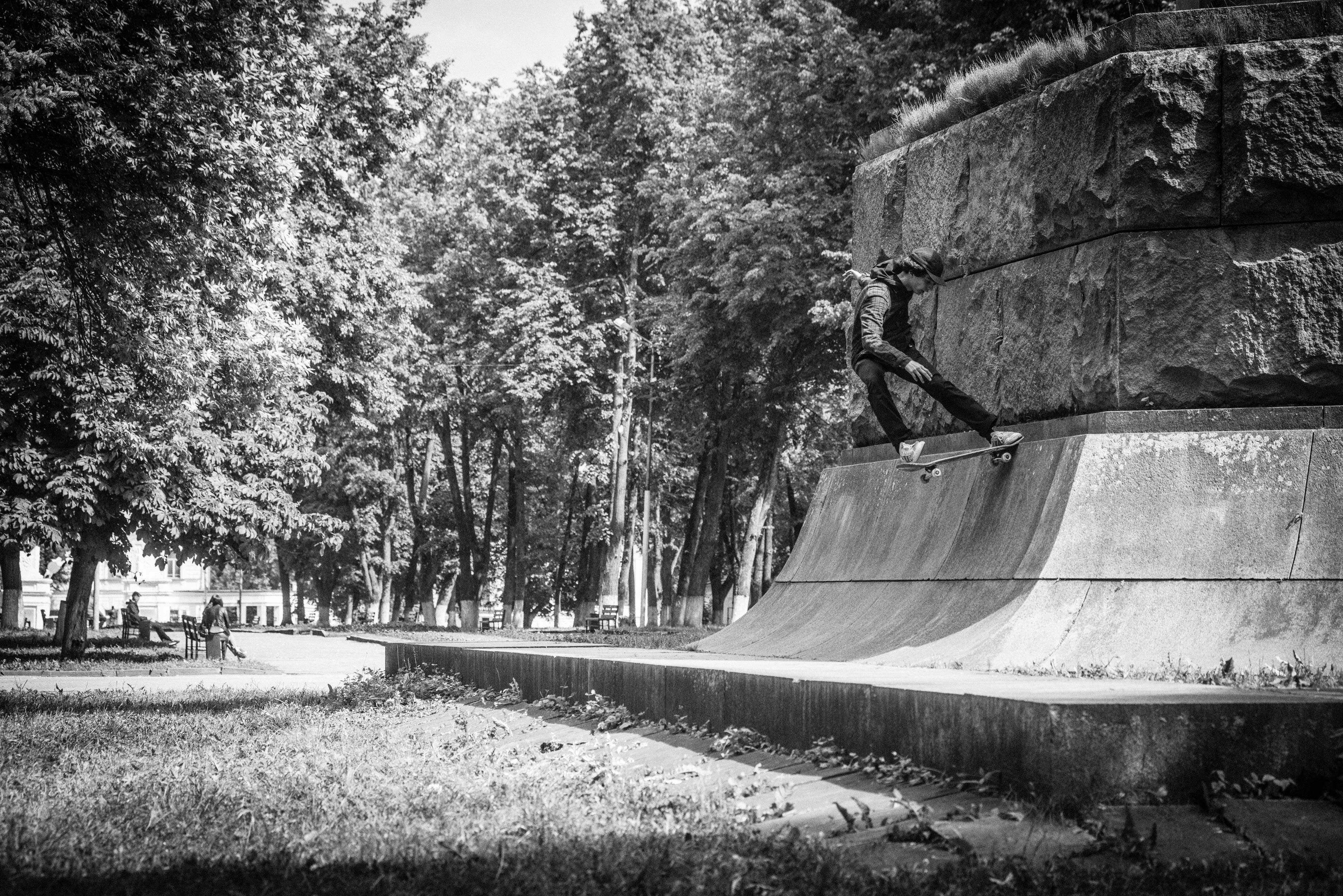
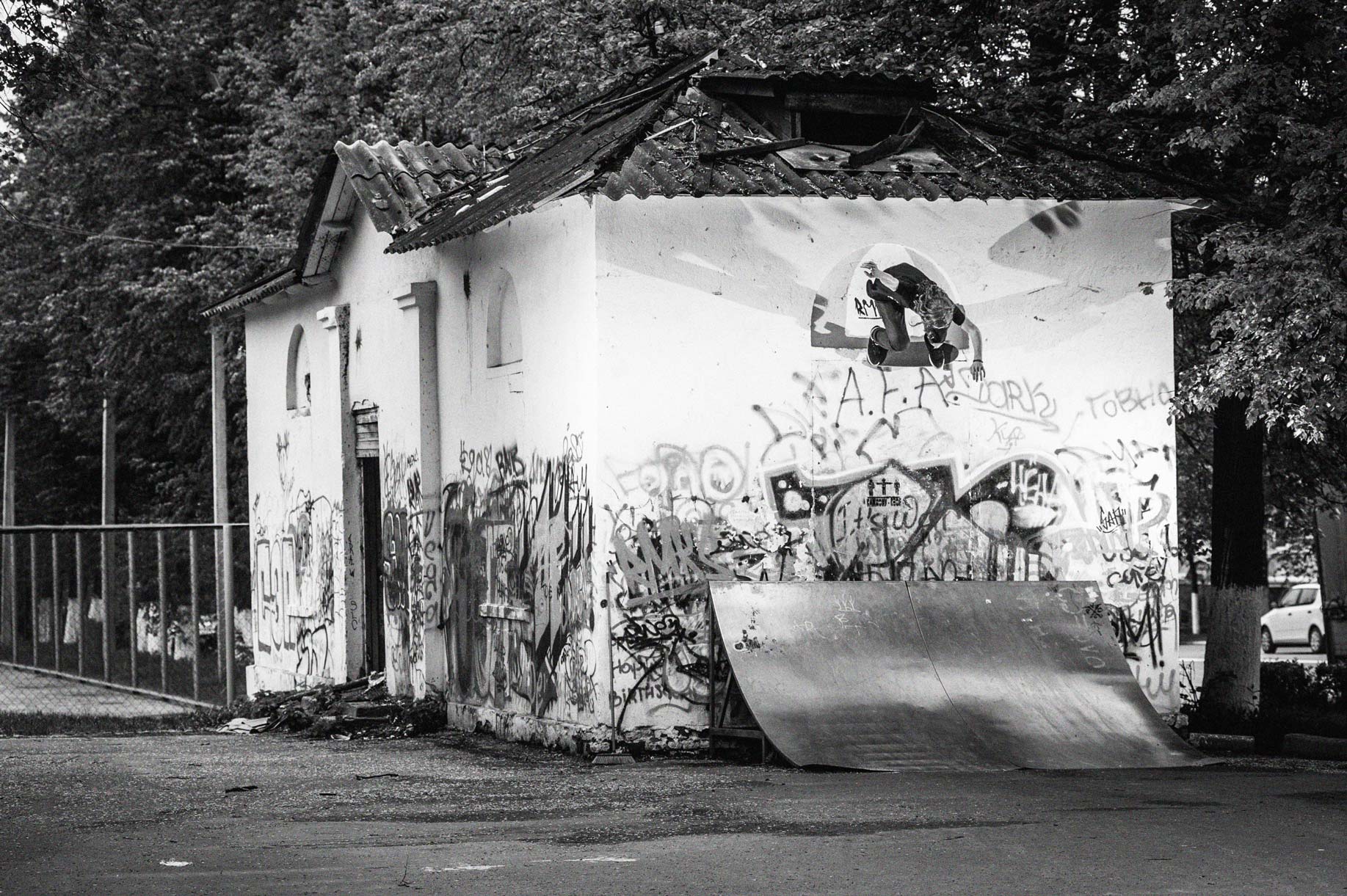
During the ’70s and ’80s, Russian military factories began producing everyday goods like skateboards – ones reminiscent of the first American boards from the ’60s. The Soviet version had a flat shape, with short noses and tails, as well as rubber wheels. Those boards were okay for slaloms or cruising, but it wasn’t possible to use them for modern street skating. Basically, the Soviet Union was 20 years behind the rest of the skate world.
But as Russia emerged from the ashes of the USSR in the early ’90s, a new economic and political model allowed people to buy imported goods. Through a combination of Russians traveling abroad and westerners working in Moscow – Anthony Van Engelen worked in a bar there in the ’90s – the skate community began to acquire its first proper decks, magazines and videos.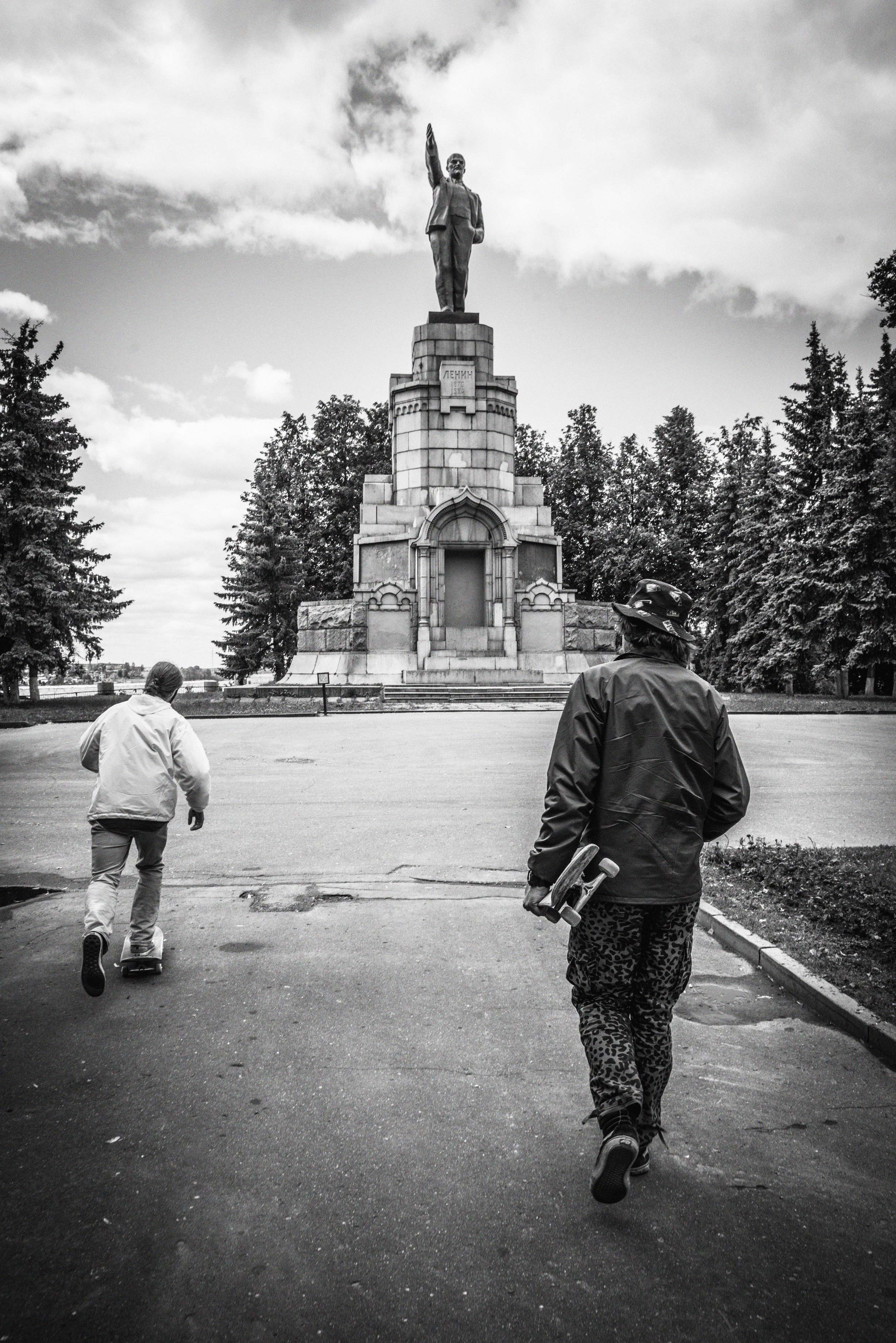
“One of my biggest skate-related memories is Tony Hawk’s Pro Skater video game,” says Dima Rodionov. “That game got me sparked. I started going to skate spots to watch. Later, my friend bought a skateboard from the market. We shared it but, because we lived far away from each other, we had to skate at weird times. I remember us skating at 7am because we thought people would snub us for riding a board.”
In the late ’90s, a proper skate community developed, drawing in filmmakers, photographers and even team managers. By the onset of the new millennium, Russia got its first skate shops and proper skate parks. Although the gear proved to be expensive at first, people at least had the option to buy it.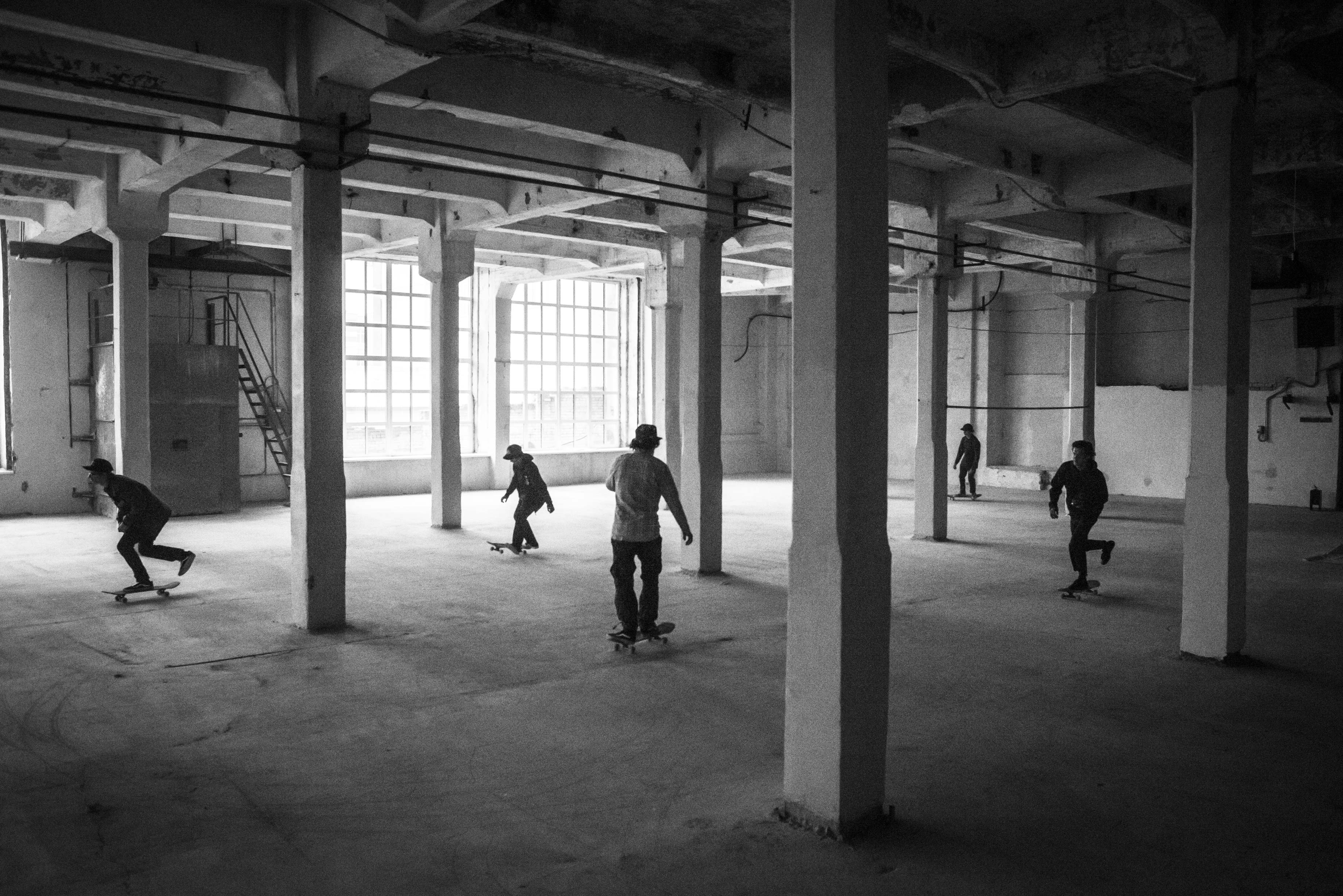
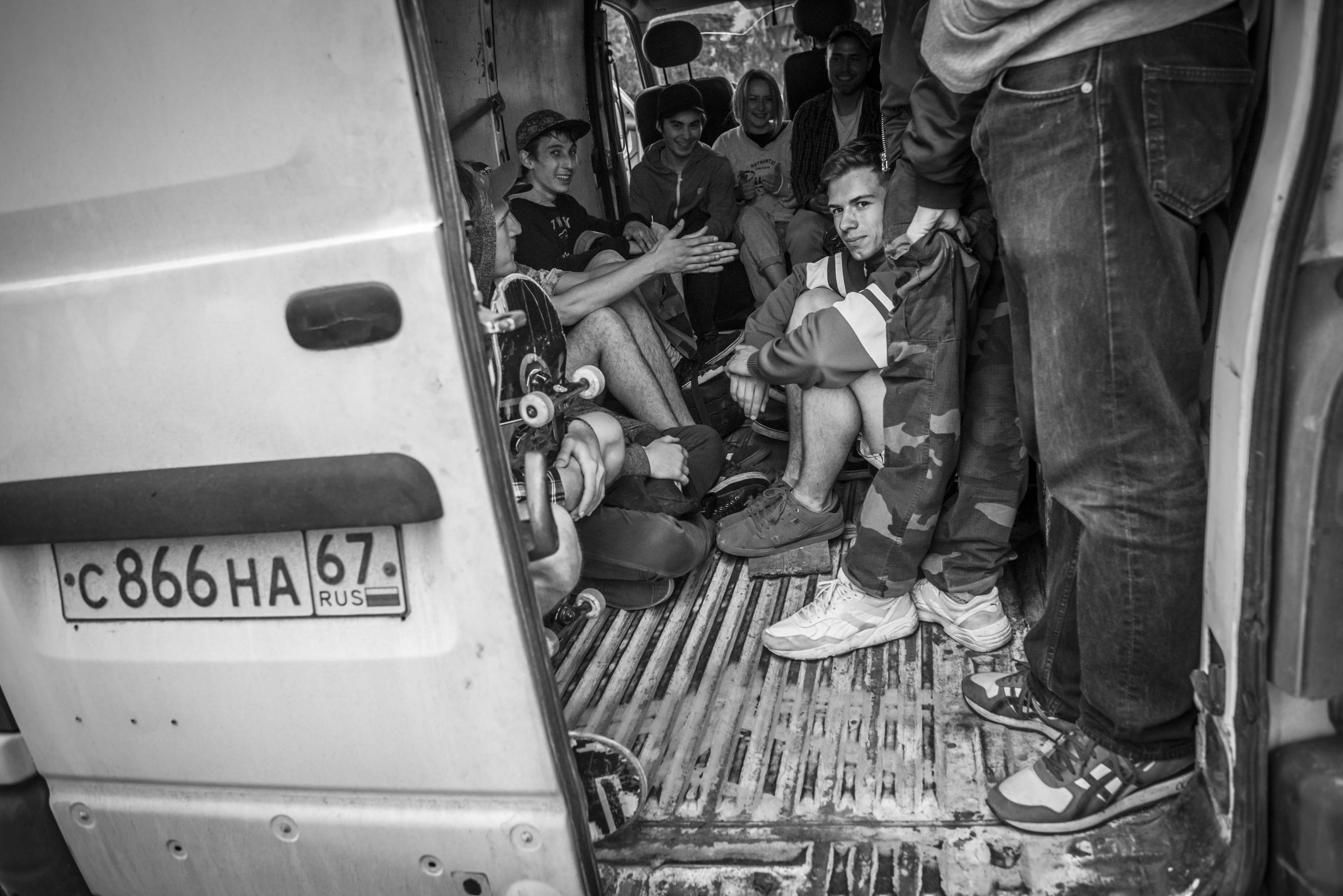
A blossoming industry led to an influx of international skate tours: guys like Kenny Reed, Mike Vallely, Marc Johnson and Rodney Mullen – some of the first pro skaters to come to this country – showcased the possibilities of skateboarding culture, proving that it isn’t limited by borders or nationalities. By 2008, our first skate companies – Rebels Skateboards, Union Skateboards and Absurd Skateboards – began to flourish.
Yet with the national currency rate dropping recently, skateboarding in Russia is facing fresh challenges. When a new skateboard costs around half your monthly salary, the uptake is going to be limited. Security remains an issue, too. People barely care about Lenin statues, but skating World War II monuments will get you in serious trouble – a few days in jail. Then there’s the weather. Winter typically lasts six months, but northern provinces can be covered with snow for even longer. The problem with taking things indoors is that rents are high and no one can make a profit from skate parks, forcing people to come up with DIY solutions.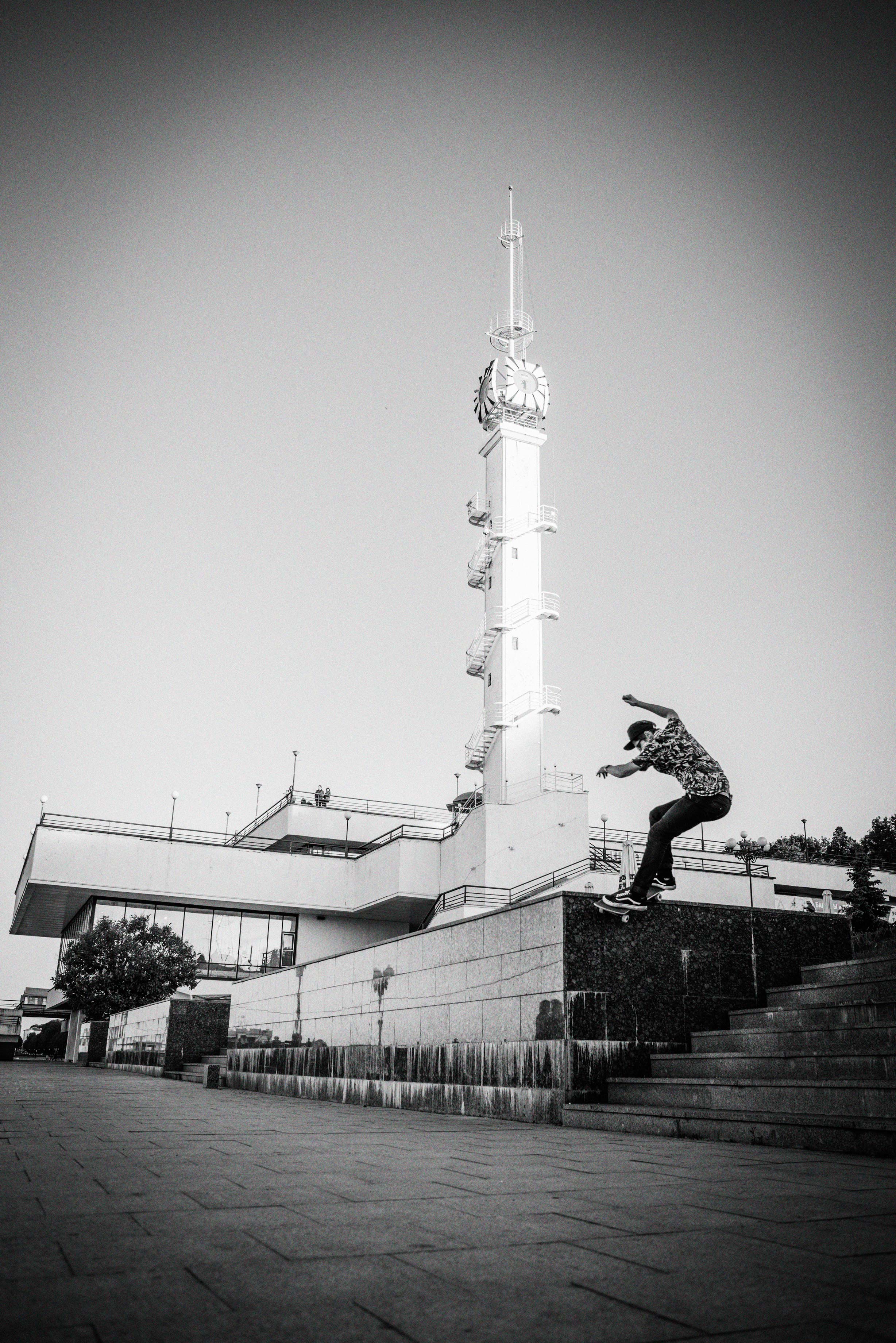
“Last winter me and my brother worked on a bowl project called Loop Skatepark,” Philipp Karel told me. “We spent five weeks building it. The hardest part was lack of knowledge: only two guys out of the whole crew knew how to work with concrete. For about a week, we slept less than two hours a day and it was freezing cold even though we were inside. By the end, we had a sick concrete bowl that helped improve our skateboarding skills and became our winter base for a couple months. But we closed it down in April because spring came and everyone was back in the streets.”
But these challenges just make Russian skaters stronger. If you go to any Siberian city with a population of over one million, you’ll find at least 10 skaters there determined to keep the culture alive. Having always been cut off from the core, Russian skaters are less affected by the latest trends and fashion and try to do things in their own way. And at the heart of it all – like any skate crew around the world – is a passion for fun, adventures, good times and freedom.
This article first appeared in Lines Through The City, a newspaper – featuring stories of cyclists and skateboarders – made in collaboration with Levi’s.
Enjoyed this article? Like Huck on Facebook or follow us on Twitter.
Latest on Huck

In the ’60s and ’70s, Greenwich Village was the musical heart of New York
Talkin’ Greenwich Village — Author David Browne’s new book takes readers into the neighbourhood’s creative heyday, where a generation of artists and poets including Bob Dylan, Billie Holliday and Dave Van Ronk cut their teeth.
Written by: Cyna Mirzai

How Labour Activism changed the landscape of post-war USA
American Job — A new exhibition revisits over 70 years of working class solidarity and struggle, its radical legacy, and the central role of photography throughout.
Written by: Miss Rosen

Analogue Appreciation: Emma-Jean Thackray
Weirdo — In an ever more digital, online world, we ask our favourite artists about their most cherished pieces of physical culture. Today, multi-instrumentalist and Brownswood affiliate Emma-Jean Thackray.
Written by: Emma-Jean Thackray

Meet the shop cats of Hong Kong’s Sheung Wan district
Feline good — Traditionally adopted to keep away rats from expensive produce, the feline guardians have become part of the central neighbourhood’s fabric. Erica’s online series captures the local celebrities.
Written by: Isaac Muk

How trans rights activism and sex workers’ solidarity emerged in the ’70s and ’80s
Shoulder to Shoulder — In this extract from writer Jake Hall’s new book, which deep dives into the history of queer activism and coalition, they explore how anti-TERF and anti-SWERF campaigning developed from the same cloth.
Written by: Jake Hall

A behind the scenes look at the atomic wedgie community
Stretched out — Benjamin Fredrickson’s new project and photobook ‘Wedgies’ queers a time-old bullying act by exploring its erotic, extreme potential.
Written by: Isaac Muk